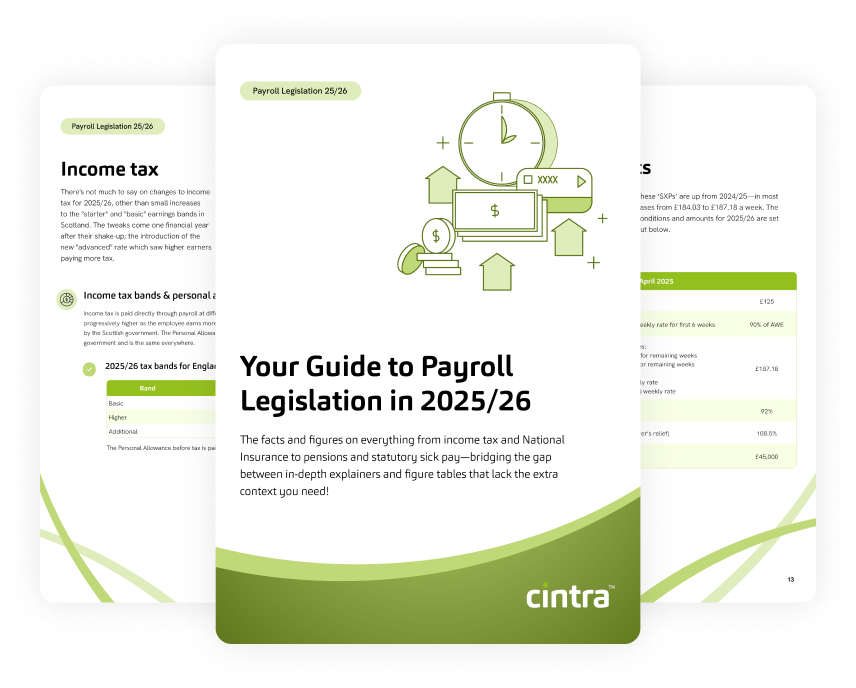Imagine your business is changing hands—maybe you’re selling up, merging with another company, or outsourcing a part of your operations. Amidst the contracts, meetings, and legalities, there’s one big question: what happens to your employees? That’s where TUPE regulations come in.
Designed to protect staff when a business or service changes ownership, TUPE allows employees to retain their existing terms and conditions, offering everyone a little more peace of mind during times of transition.
Let’s take a closer look at some of the moving parts involved in the TUPE process.
What’s TUPE in the UK?
TUPE stands for the Transfer of Undertakings (Protection of Employment) Regulations. These regulations protect employees’ rights when the business or service they work for transfers to a new employer. Under TUPE, employees automatically move to the new employer on the same terms and conditions, preserving continuity of employment and safeguarding against unfair dismissal due to the transfer itself.
When does TUPE apply?
TUPE kicks in during two main types of business changes—business transfers and service provision changes—and it’s there to make sure employees aren’t left behind when the organisation they work for changes hands.
Business transfers
This is when a business, or part of it, moves from one employer to another, but continues operating in much the same way. That might happen during a sale, merger, or acquisition, where the new employer takes on the old employer’s operations—this could include people, equipment, buildings, or customer contracts. The key thing is that the business keeps its identity and doesn’t drastically change how it works.
Service provision changes (SPC)
These occur when a company changes how a service is delivered—for example, if you:
- Outsource a function that was previously done in-house,
- Switch providers (e.g. changing catering or cleaning contractors), or
- Bring a service back in-house after it was outsourced.
For TUPE to apply here, the employees must be part of an organised group mainly dedicated to providing that specific service. That said, TUPE typically won’t apply if it’s a short-term project or the change involves simply supplying goods rather than delivering a full service.
Get the latest insights and best practice guides, direct to your inbox.
TUPE regulations in action: A real-world example
Let’s say you run a marketing agency, and you’ve just landed a huge contract with a retail chain to handle all their social media and digital advertising. Up until now, another agency was managing that account, and they had a small team dedicated solely to this client.
Now that you’re taking over the contract, TUPE kicks in.
Even though you’re not buying the old agency or merging with them, the work is moving from one company to another—and the people doing that work need to come with it. So, the team that was running the retail chain’s campaigns—say, a content writer, a designer, and a digital strategist—will transfer over to your business.
Here’s the beauty of TUPE: they keep their existing employment terms, like holiday allowance, pay, and benefits. That way, they don’t lose out just because the client changed agencies, and you get a team that already knows the ropes.
As long as the change is handled with care, it’s a win-win: the client gets continuity, the employees keep their jobs, and your agency gets a head start with a ready-made team.
TUPE transfer checklist for the new employer
| Step | What to do | Why it matters |
|---|---|---|
| 1. Work out if TUPE applies | • Confirm whether the transfer qualifies under TUPE (business sale, merger, outsourcing, etc.) • Identify which employees are affected | TUPE only applies in specific situations—it's vital to be sure before moving forward. |
| 2. Gather key info | • Ask the current employer for employee liability information (ELI) • Check employee contracts, benefits, and liabilities • Find out if the current employer is insolvent | You need a clear picture of what—and who—you’re taking on, including any legal or financial risks. |
| 3. Make a plan | • Set a realistic timeline • Decide if assets, equipment, or a location change are needed • Calculate ongoing costs and potential liabilities • Consider setting aside a contingency fund | A solid plan helps things run smoothly and prevents last-minute surprises. |
| 4. Inform and consult employees (legal requirement) | • Notify and consult affected employees and their representatives • Hold rep elections if none exist • Include staff on leave (e.g. sick or parental leave) • Keep communication open throughout | Good communication builds trust and helps employees feel informed, valued, and involved. |
| 5. Review employment terms | • Assume all employee terms transfer across (contracts, pay, holidays, etc.) • If certain employee benefits can’t continue, discuss fair alternatives • Update your payroll, HR, and pension systems | Employees must keep the same terms and conditions—it's the core of TUPE protection. |
| 6. Plan the onboarding | • Prepare an induction pack • Assign mentors • Set up workstations, systems, and logins • Organise any training or adjustments needed | A smooth welcome helps transferring employees settle in quickly and feel part of the team. |
| 7. Transfer day | • Welcome the team and introduce line managers • Start induction and provide training where needed • Make sure everyone is supported and has what they need | First impressions count. A warm welcome sets the tone for positive working relationships. |
| 8. Post-transfer actions | • Confirm right to work (within 60 days) • Continue consulting staff if changes or redundancies are planned • Keep checking in with transferred employees | Ongoing support is key to helping your new team settle in and thrive long-term. |
TUPE transfer checklist for the old employer
| Step | What to do |
|---|---|
| 1. Check if TUPE applies | Confirm if the transfer qualifies under TUPE and identify which employees are affected. |
| 2. Plan the transfer | Think about risks, benefits, and how you’ll keep your team informed and supported. |
| 3. Communicate early | Notify any trade unions or employee reps. If none exist, arrange elections. |
| 4. Share key info | Provide accurate ELI, due diligence data, and any necessary warranties with the new employer. |
| 5. Coordinate with the new employer | Agree on visits, meetings with transferring staff, and how the handover will work. |
| 6. Keep customers informed | Let customers know about the transfer and any expected changes to service. |
| 7. On the day | Make sure the transfer happens smoothly and support remaining employees. |
| 8. After the transfer | Keep communication going, support your team, and handle any changes (like redundancies) fairly. |
We’re here to guide you through the entire process, making sure you stay compliant with TUPE regulations from start to finish
Whether it’s identifying affected employees, managing consultation periods, or handling post-transfer changes, our team takes the stress out of the process so you can focus on what matters most: keeping your people supported and your business running smoothly.
Get in touch to find out how we can help.

Payroll Legislation Guide
The facts, figures, thresholds and allowances for 2025/26 spanning tax, National Insurance, pensions, statutory payments and more.
Download now


